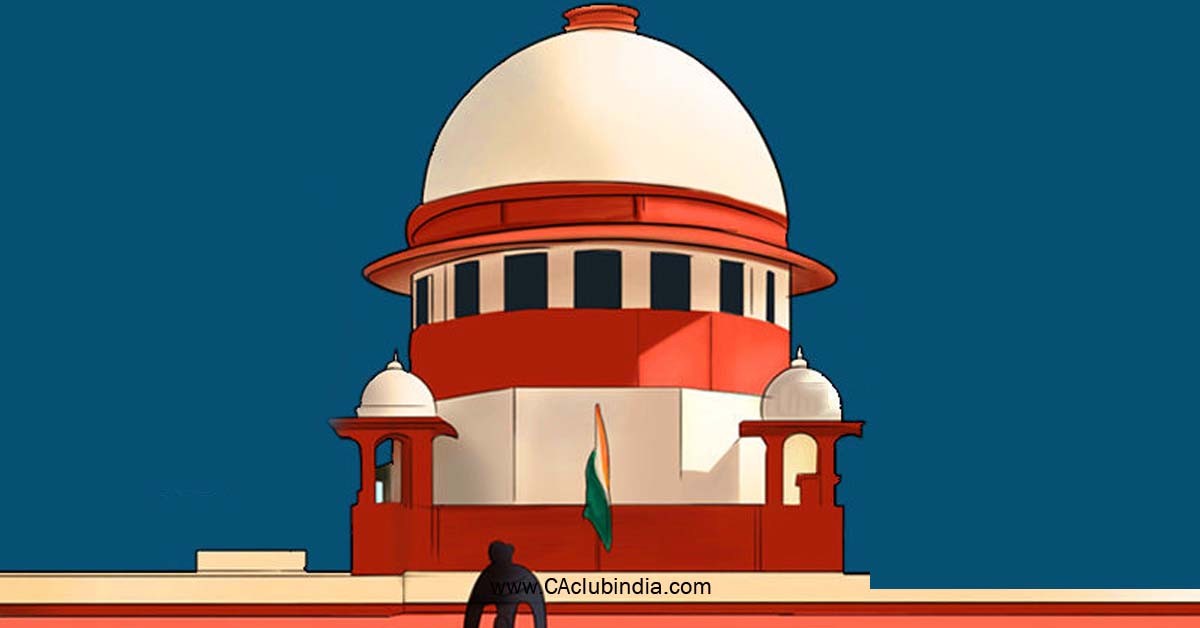A Division Bench of the Supreme Court comprising Justice Sanjiv Khanna and Justice J.K Maheshwari heard a plea challenging a rule issued by the Institute of Chartered Accountants of India (ICAI) that bars the members from accepting more than a "specified number of tax audit assignments" in a financial year, the upper limit being set at 60 at present.
The matter is being adjudicated after a period of almost two years, on 22nd September, post the decision of the Apex Court to withdraw similar writ petitions pending in several High Courts while ruling on the subject matter.

The Compulsory Tax Audit Regime
The compulsory tax audit regime, introduced in 1984, was inserted by Section 44AB in the Income-Tax Act, 1961, coming into effect on April 1, 1985.
The section made it mandatory for person involved in business or in a profession with total sales, turnover or gross receipts exceeding a particular threshold prescribed in the Act in any previous year, to get their accounts of such years to be audited by a Chartered Accountant.
The audit is fulfilled only when the assessee obtains a report of the audit in the prescribed form, signed and verified by the Chartered Accountant before the specified date.
Prior to 1985, the account maintained only by companies and cooperative societies were required to be audited as per the Companies Act. 1956 and the Co-operative Societies Act, 1912 resp. Taxpayers of other categories were exempted from this mandate. The introduction of Section 44AB was to check fraudulent practices and control tax evasion.
In 1988, the Council of ICAI issued a notification prohibiting members from accepting more than a specified number of tax audit assignments u/s 44AB of the Income Tax Act per financial year.
The power to the council to enact the same was conferred by the Clause (ii) of Part II of the Second Schedule of the Chartered Accountants Act, 1949.
The limitation would apply to each partner in case of a Chartered Accountant Firm.
The notification informed the fact that any non-compliance with the said provision would result in holding guilty of a member of professional misconduct.
The Chartered Accountants Act, 1949 was amended by the Parliament in the year 2006, which superseded the notification by the Guidelines of August 8, 2008.
The guidelines were challenged later on different writ petitions filed in High Courts, where even the disciplinary proceedings were in question in some petitions. The Supreme Court accepted the application by the Institute itself praying the transfer of all petitions to itself for a final and conclusive determination of the issues involved.
Argument Precis
The principal ground for opposition of the guidelines in question was the infringement of fundamental rights of citizens under Article 19(1)(g) to simply carry out trade, occupation or business, alongside violation of Article 14; petitioners were represented by Senior Advocate Paramjit Singh Patwalia.
The Institute's competence to issue the guidelines was also called into doubt.
The Institute was represented by Senior Advocate Arvind P. Datar, who submitted the arguments with a historical perspective of the initiation of the audit of accounts for a bigger class of assessee under Income Tax Act, 1961. He spoke about the reason of imposition of the maximum limit.
The Session was adjourned and the submissions by the counsel will be heard this week.
Court's Observation
Justice Khanna has requested Advocate Datar the question based on his submissions as followed–
- "First, why are there two sets of parameters under this Act and the Companies Act, 2013, when the objectives and the purposes of the audit mandated in both the enactments are the same? When a company is an assessee, they have to get the auditing done from two different persons.
- Second, when you have already increased the upper limit to 60 per CA or partner of a CA firm, why should that benefit not be given with retrospective effect?"






 CAclubindia
CAclubindia

